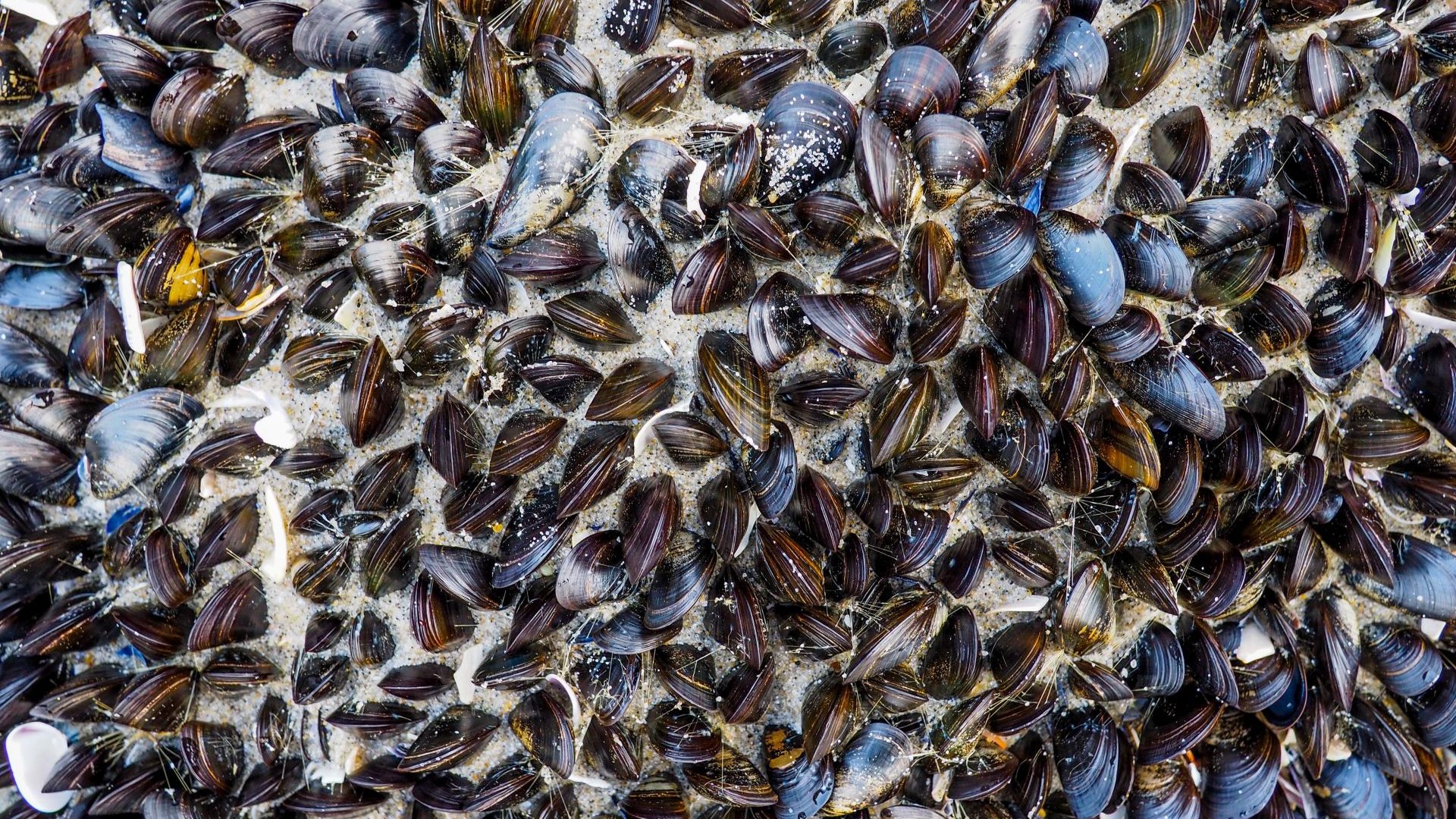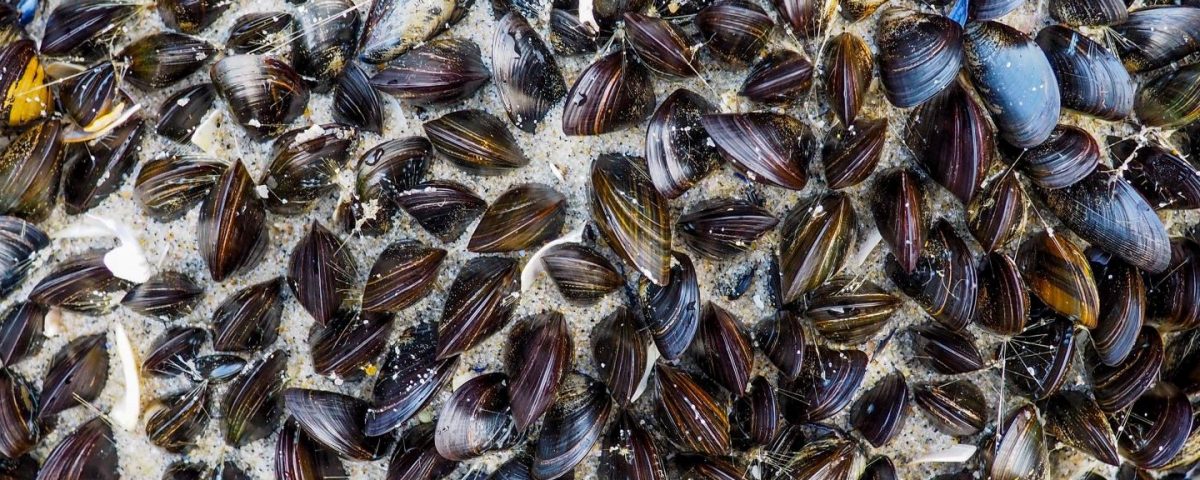
Great Ecology Welcomes Julie & Quin!
August 31, 2022
Great Ecology Welcomes William & Danielle!
September 14, 2022
Restoring the Bivalve
Author: Liz Clift
It’s hard for us to be concerned about the things we don’t understand—and harder still for us to imagine what the world might have looked like decades ago—or centuries ago. Instead, we adapt to successive ecological degradation, a phenomenon called ecological amnesia.
We adapt to fewer insects, fewer songbirds, fewer reptiles and amphibians. Generally, we adapt without even realizing that we are adapting.
Such is the case with bivalves, such as oysters, mussels, and clams, which are important to us, even if we don’t realize it. These shellfish serve multiple important ecological functions; one especially prescient function is water filtration.
Under ideal conditions, a single mature oyster can filter up to 50 gallons of water per day, mussels can filter up to 15 gallons of water per day, and clams up to 24 gallons per day. Of course these numbers vary based on conditions—and the type of oyster, mussel, or clam (for instance, littleneck clams filter closer to 4.5 gallons of water per day)—but regardless, they are offering significant benefits to both the human and more than human world.
Unfortunately, the numbers of bivalves in our waters have decreased dramatically as a result of overharvesting, pollution, climate change, and habitat loss. Let’s look at that through some numbers:
- While there are over 200 oyster species in the world, only two are native to the US (these two species, plus three introduced species make up the commercial oyster trade in the US). In the Chesapeake Bay, oyster populations are estimated to be only 1% of their historic numbers. Olympia oysters, native to the western US, occupy about 5% of their original range.
- An estimated 75% of North American approximately 300 fresh water mussel species are listed as species of concern, threatened, or endangered and researchers believe as many as 35 species may already be extinct.
It’s difficult to get comprehensive numbers on clam decline—and I was unable to find any—but there are numerous articles about declines of different types of clams.
The decline of bivalves—regardless of whether they live in fresh water, brackish water, or saltwater—means our waters are dirtier. Dirtier waters are less safe for us and offer less suitable habitat for organisms that call those waters home.
Fortunately, there are also restoration efforts underway to restore bivalve populations. Some of these efforts are formalized through nonprofits and government initiatives. Others are created through intentional habitat restoration practices outside of the realm of nonprofits and mandates. Below are just a few you might want to check out, if this work is important to you. You may also have efforts underway in your local waterways if they aren’t listed here:
- The Billion Oyster Project seeks to restore one billion oysters to New York Harbor by 2035. This project will improve the water quality of New York harbor and provide valuable habitat for many other species as they build oyster reefs. These oyster reefs will also help attenuate waves from storms.
- All Clams on Deck, part of the Gulf Coast Restoration Initiative seeks to simultaneously restore eelgrass and clam populations in Tampa Bay, Sarasota Bay, and Charlotte Harbor and conduct research that will hopefully show bivalves as a potential mitigation strategy for polluted waters.
- The Anacostia Watershed Society is working on freshwater mussel restoration, and have released more than 24,000 mussels into the river.
- The Saint Regis Mohawk tribe has been working toward mussel restoration in the St. Regis river and the lower Grasse River.
- Efforts are underway to re-introduce sea gardens, including through the Pacific Sea Garden Collective, which include clam gardening.
- Puget Sound Restoration Fund is taking a multi-pronged approach to restoration of the Salish Sea, and their efforts include restoration of the native Olympia oyster, plus promotion of community shellfish farms, as well as
In addition to these efforts, Great Ecology is proud to have worked on several intertidal shellfish habitat restoration projects, including for the East River Waterfront Esplanade and Brooklyn Bridge Park.
It’s hard to know how things “used to be,” especially when we don’t have great long-term ecological memories and when many of the stories that might have once been passed down about our natural environment have been lost. With bivalves, we actually do have a fair amount of information, through historical documents, oral traditions, and midden piles that are laden with shells from these creatures.
The restoration efforts I listed above are ambitious—and will hopefully help restore shellfish populations. These efforts, in combination with public education and public engagement, will also hopefully help reverse some level of ecological amnesia and allow us to question what other populations might be falling far below historic levels, which affords us the opportunity to curb those declines and work to reverse them!

